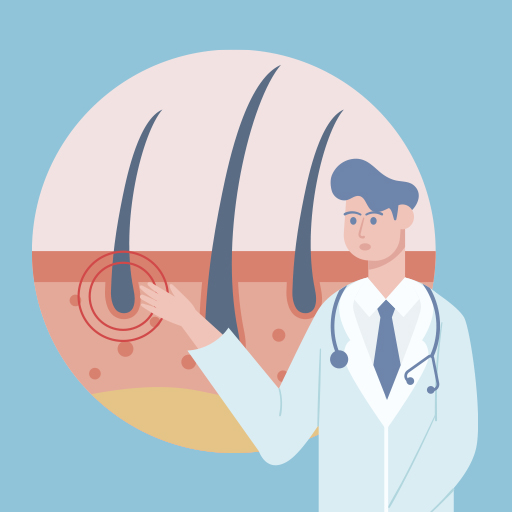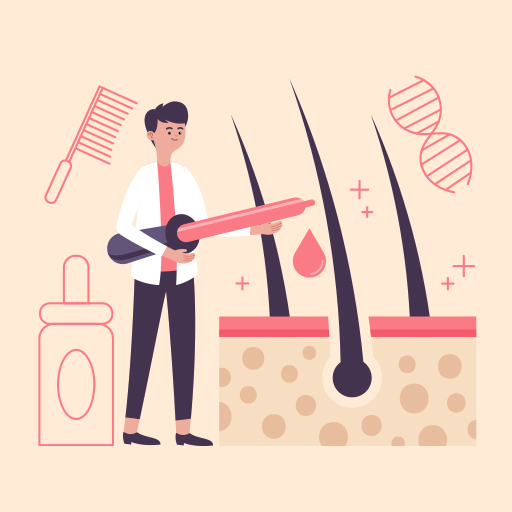CALL US NOW +1-844-669-0939
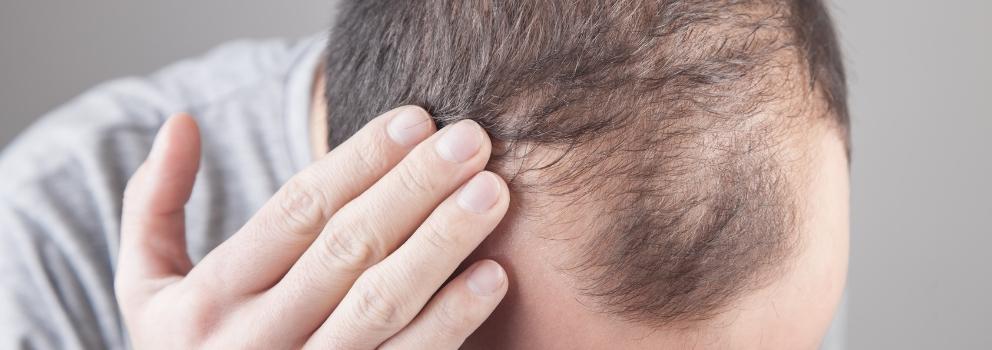
Is platelet-rich plasma (PRP) treatment the oasis in the hair loss desert?
Worrying about hair loss, thinning hair, or a receding hairline? PRP hair treatment and PRP for hair loss may be the hair restoration treatment you have been looking for. Almost everyone wishes they could turn back the hands of time to when they had full, luscious hair. Hair loss can affect many aspects of a person’s life, including self-confidence and social interaction, causing psychological distress. Male pattern baldness affects more than 80% of men and nearly 50% of women experience female pattern baldness.
For decades, there have been many “solutions” that claim to prevent or reverse thinning hair, but the actual “results” have proven otherwise. For example, there were claims that shampoos and conditioners thickened hair with no significant results. Therefore, the search for more effective hair restoration treatments continued.
In 2006, researchers started considering platelet-rich plasma (PRP) treatment and PRP injection for hair loss as a potential treatment for the promotion of hair growth. While the scientific research has been slow, more recently dermatologists have been offering PRP treatments with encouraging qualitative and quantitative results.
Neil Sadick, MD, board-certified in dermatology in New York City, and the Director of the Sadick Research Group (for understanding and treating hair loss) said the use of PRP “is a great hair loss treatment option because it has several scientifically based articles showing its efficacy increasing hair count, hair thickness, and the growth phase of the hair cycle.”
Our PRP clinic has been performing PRP hair restoration treatments and PRP injections for hair loss for over a decade. We have continued to improve our platelet rich plasma extraction and treatment and are now offering PRF or Platelet rich fibrin injections for hair loss as well.
PRP Hair Restoration Before & After Pictures
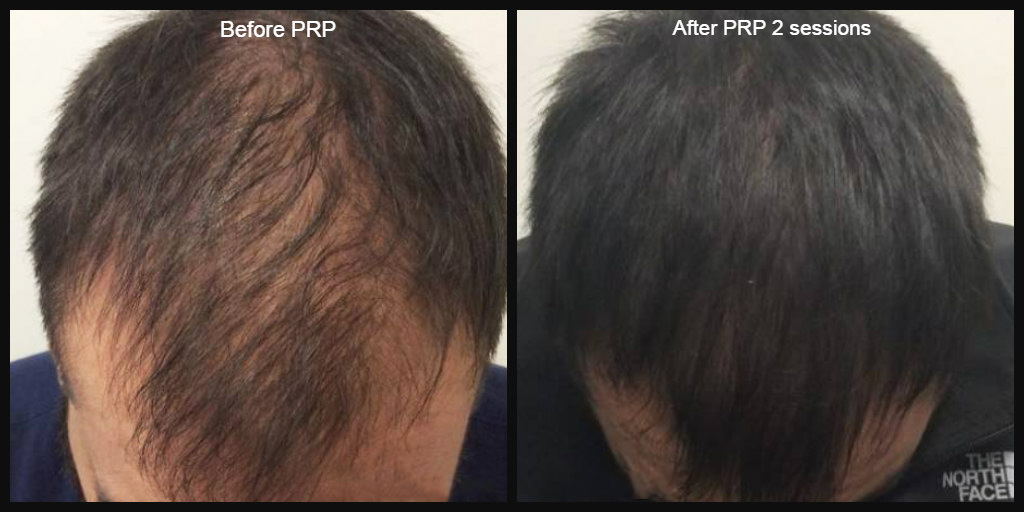
What is platelet-rich plasma treatment for hair loss?
Human blood has four main components: plasma, red blood cells, white blood cells, and platelets. PRP preparations consist of plasma (including growth factors and proteins) and platelets.
FDA-cleared PRP injections have been used for many years to treat musculoskeletal and skin conditions (via injection and microneedling procedures) and promote wound healing. Platelets play an important role in healing throughout the body and are about five times more concentrated in PRP preparations than in whole blood.
For some types of hair loss, researchers theorized that when platelets are injected deep into the scalp, reaching the bottom of the hair follicle, it may stimulate dermal papilla cells – which play a critical role in hair growth.
A review article published in Drug Design Development & Therapy in 2022 showed significant increase in hair density, hair thickness and hair growth in patients who had PRP hair restoration versus placebo group. [5]
Is PRP hair treatment effective in promoting new hair growth?
Yes! PRP hair treatment is an effective procedure for hair loss and hair growth. Below we will discuss some of the research articles discussing PRP treatment for hair loss and PRP hair treatment success rate.
In 2019, a team of researchers did a systematic review of the medical literature on PRP as a treatment for hair rejuvenation. Their findings were published in the journal Aesthetic Plastic Surgery. Most of the studies found that injections of PRP reduced hair loss, increased the diameter of individual hairs, and increased the density of hair growth.
Also in 2019, another systematic review published in Dermatologic Surgery, reported that PRP treatments led to hair growth in both male and female patients.
Researchers in dermatology found evidence that PRP for hair loss can lead to hair regrowth. However, due to the limitations of these studies – small sample size, variation in technique and protocol among physicians, and unknown optimal platelet concentration – further research may be necessary to confirm the overall effectiveness of PRP injections.
A systemic review study published in dermatologic therapy in 2020 evaluated the efficacy of PRP in the treatment of female pattern hair loss and androgenetic alopecia. It comprised of 92 patients from 6 randomized controlled clinical trials and showed that PRP had a positive effect on female pattern hair loss with an increase in hair thickness and hair density. [1]
A meta-analysis study published in cosmetic dermatology in 2017 evaluated six studies (four studies were randomized controlled trials, while the other two were retrospective studies). It involved 177 patients and revealed a significant increase in number of hairs per cm2 after PRP injections compared to control and an increase in number of hairs and the percentage of hair thickness. [2]
Two other meta-analysis studies were performed that also had good outcomes for hair growth. They also revealed a significantly increased hair numbers per cm2 after PRP injections in the treatment group versus the control group with MD 38.75, 95% CI 22.22–55.28, P <0.00001 and MD 30.35, 95% CI 1.77–58.93, P <0.00001, respectively.[3][4]
Does PRP Hair restoration help with female pattern hair loss?
Yes! There is a lot of research that shows the effectiveness of this novel therapy in the treatment of hair loss in women. A review study published in dermatological therapy in 2020 evaluated the effectiveness of PRP in the treatment of female pattern hair loss and found very promising results. It comprised of 92 patients from 6 randomized controlled clinical trials and revealed that platelet rich plasma had a significant effect on female pattern hair loss and increased hair thickness and hair density in all participant. [6]
Two recent meta-analysis studies also confirmed the effectiveness of platelet rich plasma for female pattern hair loss. The first study consisted of 776 females with hair loss covering 16 randomized controlled trials and 26 observational trials. It showed that PRP has a good therapeutic effect on female pattern hair loss and improved hair density and hair count compared to the control groups. [7]
The second study from 8 clinical studies and a total of 197 females also showed a significant increase in hair count and hair diameter in 4 studies after PRP treatment. Patients who also underwent PRP hair restoration therapy had a high level of satisfaction and improvement in their quality of life. [8]
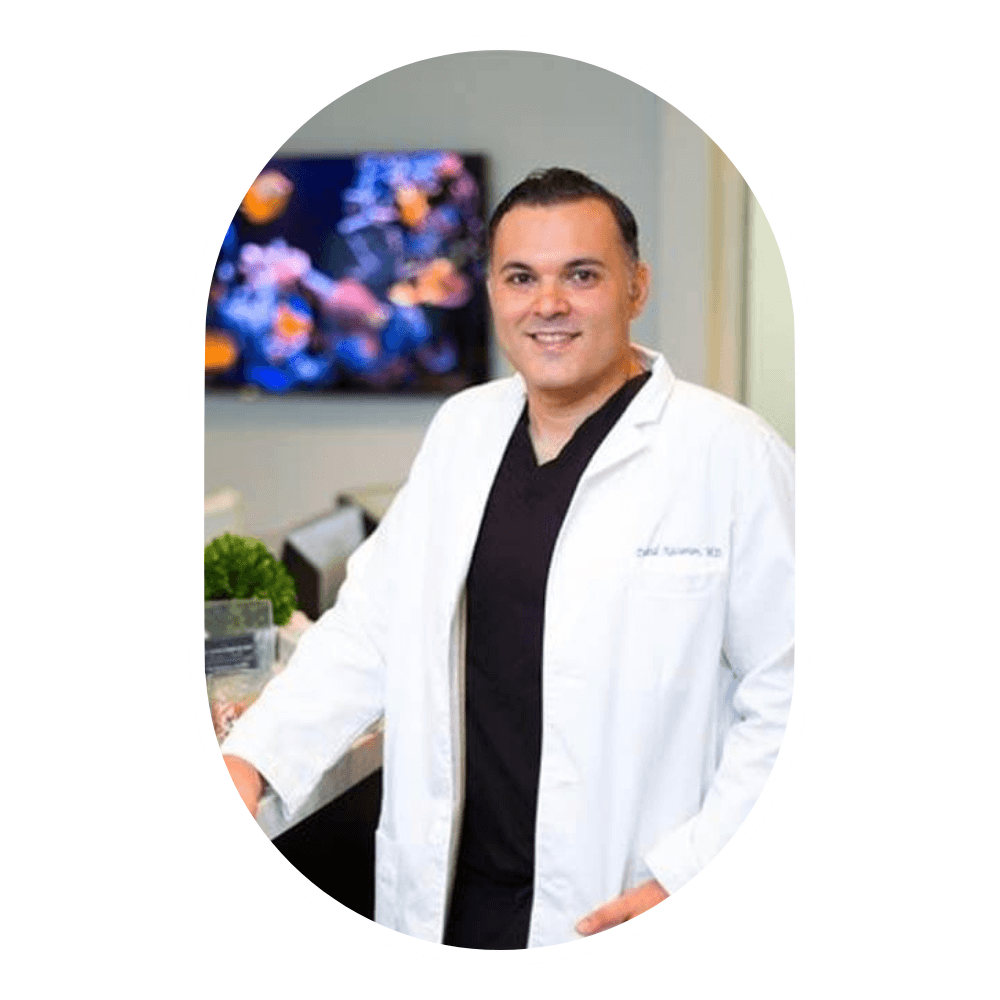
Is PRP therapy effective in promoting new hair growth?
Can PRP injection for hair loss help regrow hair?
Yes! A randomized placebo-controlled trail published in Stem Cells Translational Medicine in 2015 used various parameters to measure hair growth after 3 months post PRP injections. The various hair-growth parameters were measured before PRP injections and after 3 months post PRP injections. There was also a control group that did not have any procedures performed.
As you can see in the table below, there was a significant increase in mean total hair counts, hair density, terminal and vellus hair densities for the patients who underwent the treatment. The mean increase of 33.6 hairs in the patients who received PRP therapy for hair growth compared with baseline, while the control area showed a mean decrease of 3.2 hairs[9]
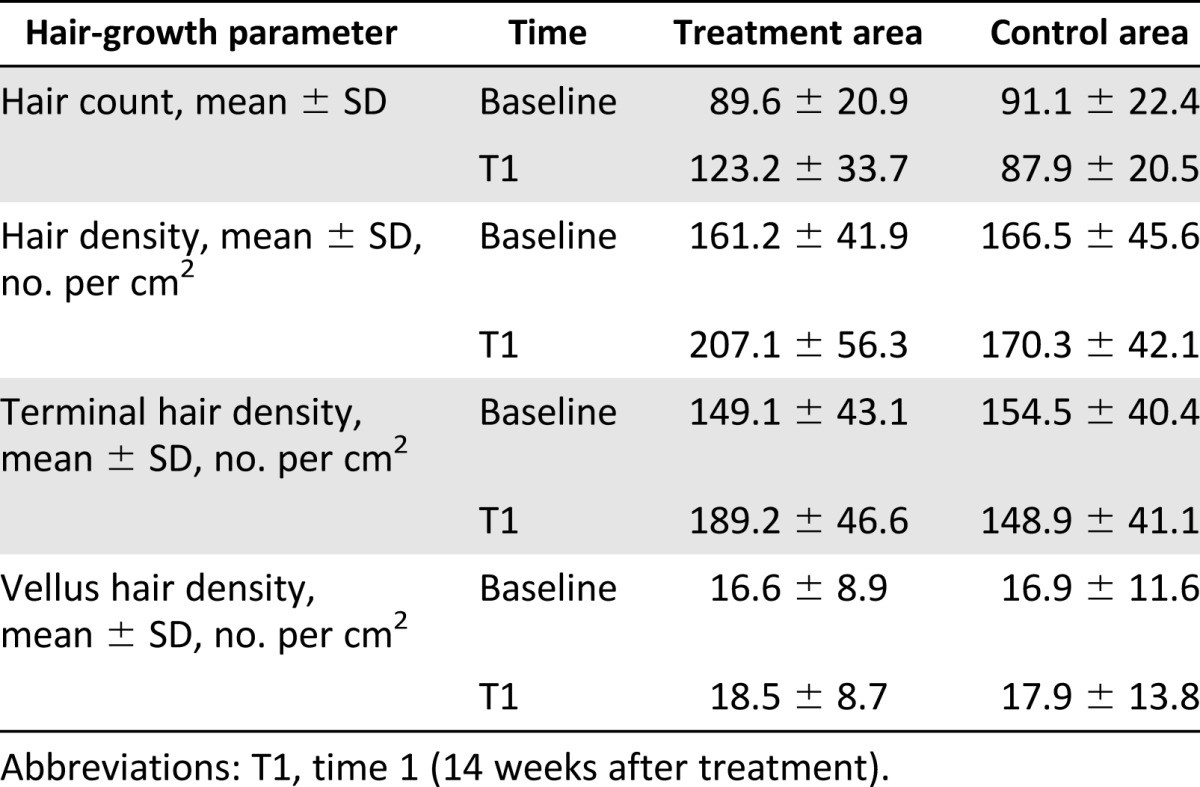
What’s the procedure for platelet-rich plasma injection for hair loss?
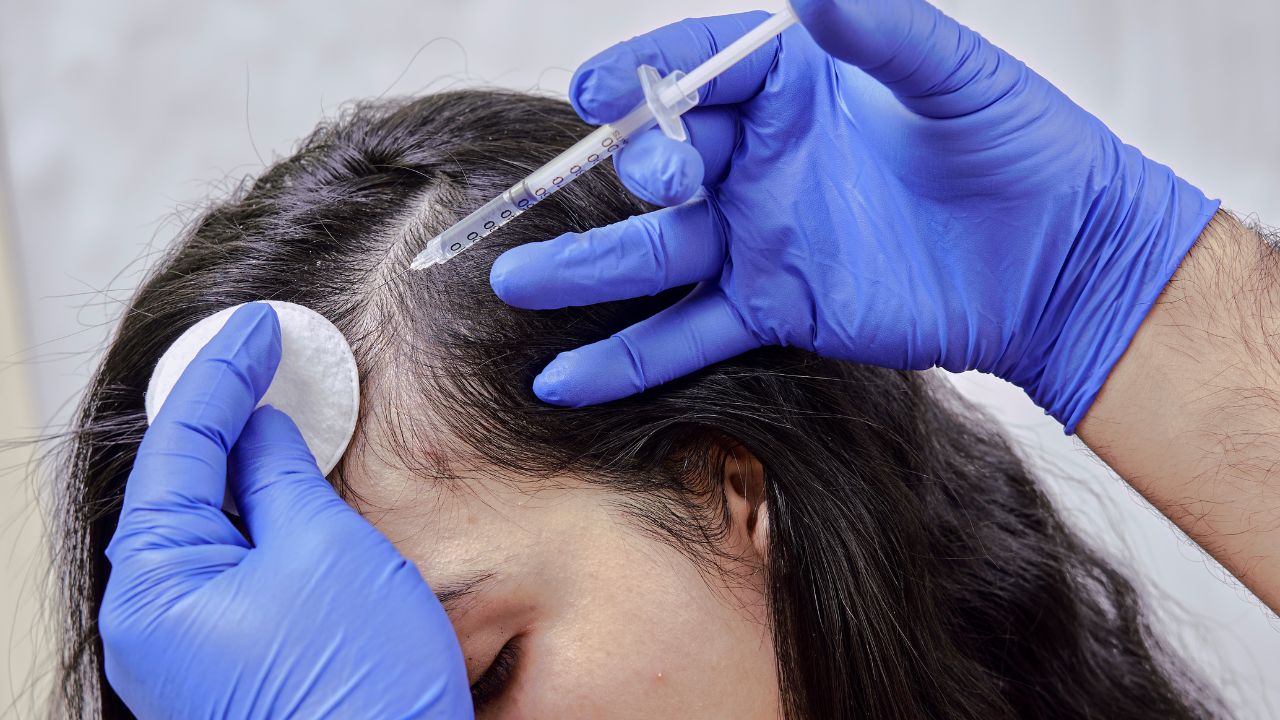
PRP hair restoration is a simple, pain-free process that does not require bandages, time off from work, or restriction of physical activity. PRP is very different from hair transplants. Hair transplants are considered invasive surgeries requiring the physical removal and implantation of hair graphs.
The entire PRP hair treatment process takes about one hour and several sessions may be necessary based on individual needs and concerns.
Patients will be able to return to their normal activities almost immediately.
Who wouldn’t choose a pain-free process like PRP that gets results, instead of an invasive hair transplant surgery requiring downtime?
Common step-by-step approach used for PRP treatments:
- Blood is drawn from a vein in the patient’s arm into a vial. This is the same type of blood draw your other doctors might orderfor testing.
- The vial of blood is placed in a centrifuge for processing. The blood spins at high-speed separating the blood components into layers.
- The layer of platelets and plasma is extracted from the vial using a syringe to be administered into the scalp immediately.
- After a local anesthetic is applied to the targeted area on the scalp, PRP is then injected into the areas of hair loss.
What sets our PRP hair treatment apart from other PRP hair treatment clinics?
We are an internal medical doctors office and provide the following services that other clinics do not offer:
- Review of hair loss and other medical conditions.
- Comprehensive laboratory workup to assess overall health as well as diagnose vitamin deficiencies, hormone imbalances, thyroid conditions, and other conditions that can be contributing to your hair loss.
- Treatment of other conditions that can be causing hair loss including medication prescriptions for those conditions.
- Prescriptions for propecia, minoxidil, spironolactone and other medications as needed.
- Follow up of other medical conditions to make sure they are treated.
- We utilize and obtain 3 tubes of blood for our therapies and usually obtain more than 10cc of extracted PRP for treatment.
- We utilize a potent 3 ingredient numbing agent to numb the scalp.
- We utilize a 5 injector syringe to inject into the scalp. This process is quicker, more effective and less painful.
- We provide Biotin injections to boost hair loss which is included in your sessions.
- We provide you with a specific formulation vitamin to assist in hair growth and hair loss.
- If you have health insurance with out of network benefits, we can bill your insurance in order to obtain reimbursement for your procedure.
- We will follow up with you throughout your hair loss treatment journey to make sure you are getting results.
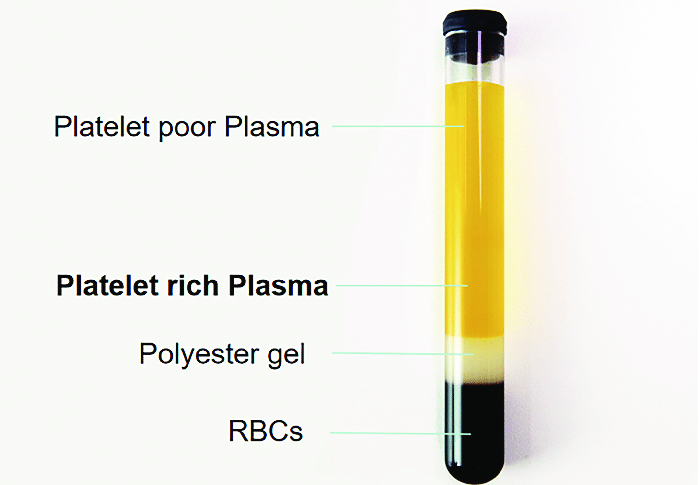
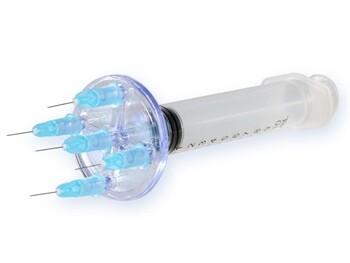
What are stem cells? Can stem cells be used with PRP?
The stem cells used to regrow hair are found in fat tissue. Fat cells are utilized due to their accessibility, ease of retrieval, and high concentration of stem cells. Researchers at Stanford School of Medicine consider fat tissue to be the richest source of stem cells for hair restoration.
The reason stem cells are so useful is they can grow and divide into any cell type, such as the cells in the hair follicle.
Other add-ons that can be used to enrich PRP are collagen, calcium, and epidermal growth factor (EGF). EGF activates cell growth and blood vessel formation, enhancing hair restoration.
PRP and stem cells are also used to treat hair loss caused by medical conditions such as alopecia. Androgenic alopecia, also known as androgenetic alopecia, is due to hormone imbalance and hereditary factors.
FAQ
What are PRP hair treatment side effects?
Since PRP injections for hair loss come from the patient’s own blood components, there are few risks of adverse reactions. The procedure is well-tolerated, rarely causes skin irritation, and does not involve an extensive healing process.
Though side effects can still occur in the form of redness, swelling, and tenderness at the injection site, they are usually short-lived. PRP is a safe, promising option.
PRP injections for hair loss may not be appropriate for people with a history of bleeding disorders or autoimmune diseases. Dr. Nazarian will discuss your individual medical history, needs, and concerns before scheduling PRP treatment.
How long does PRP for hair loss last?
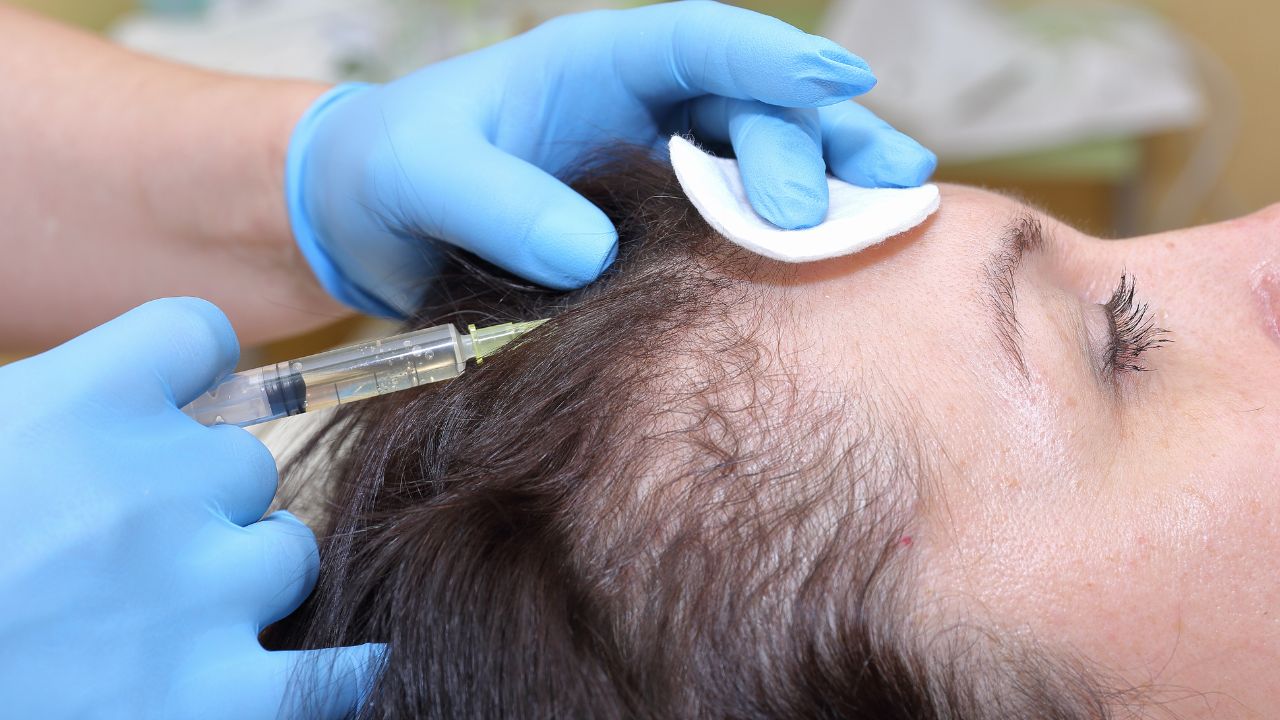
PRP is not a cure for hair loss but can significantly help regrow hair and increase hair density. Our hair specialists are trained in internal medicine and can asses if there are other reasons for your hair loss and help you treat it. Maintenance treatments may be needed overtime to maintain hair growth results.
Topical medications used to promote new hair growth like minoxidil (Rogaine) and oral finasteride (Propecia) also require multiple treatments to maintain results and may be added to your treatment for further success. Some patients incorporate both PRP and medications in their treatment plans. Our clinic also has supplements made specific for hair growth that can be provided to you at your consult.
How many PRP hair treatments are needed?
PRP usually consists of three treatments in a 4-6 week period. A doctor’s recommendations for the frequency of PRP treatments depend on the results of the initial treatment and the individual’s hair loss condition.
What’s the cost of PRP hair treatment?
The price for PRP hair restoration is $1200 per session but a package of 3 sessions is discounted to $3200. It is important to note that our clinic extracts 3 large tubes of blood and yields 10cc to 15cc of platelet rich plasma for treatment.
Should I consider PRP hair restoration after hair transplantation?
PRP can be used as a supporting measure. It improves the growth of the hair follicles after hair transplantation, accelerating and optimizing circulation in blood vessels. PRP is performed directly after or within a few weeks of hair transplantation.
Am I a good candidate for PRP hair treatment?
Just about anyone experiencing hair loss is a good candidate for PRP. The best candidates are in the early stages of hair loss. The improved blood supply to the scalp caused by PRP injections can not only help regrow hair, but prevent further hair loss – especially when started early.
Will PRP injection for hair loss thicken my hair?
Growth factors and cytokines in PRP has been shown to help growth thicker and fuller hair with increased hair density.
How often should you do PRP for hair?
It is recommended to do at least 3 sessions one month apart at the start. Some patients chose to do a series of 5 sessions for greater effectiveness and hair regrowth. Many patients then chose to do maintenance sessions 6 months to a year out.
Why trust PRP Treatment Beverly Hills for your hair loss treatment?
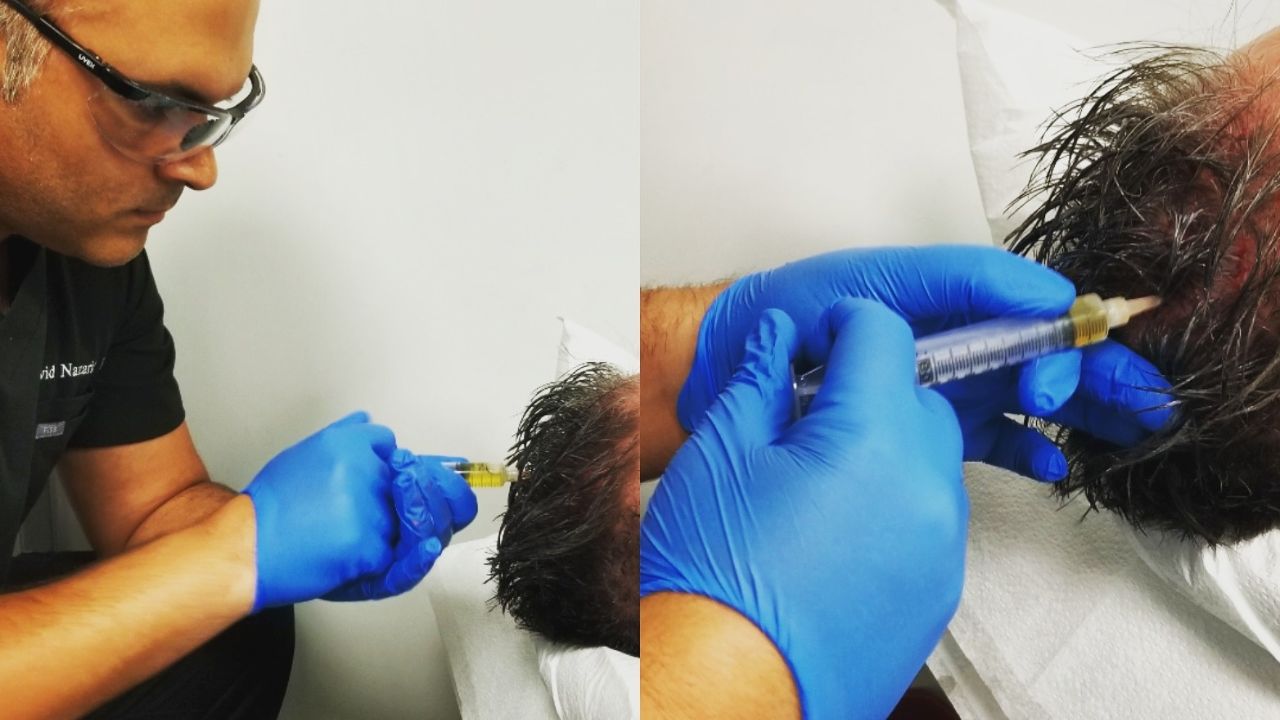
PRP Treatment Beverly Hills is the premier destination for this procedure. David Nazarian, MD, and his well-trained, professional staff provide optimal PRP therapy based on individual patient needs and concerns.
PRP Injections For Hair Loss Near Me
We are conveniently located in Beverly Hills and serve patients throughout the Los Angeles area and near Bel Air, West Hollywood, Santa Monica, West Los Angeles, Culver City, Hollywood, Venice, Marina del Rey, Malibu, Manhattan Beach, Redondo Beach, Downtown Los Angeles, Encino, Woodland Hills, Sherman Oaks, Calabasas, Burbank, Glendale, Hidden Hills, Agoura Hills, Northridge, North Hollywood, Topanga, Canoga Park, Reseda, Valley Glen, Chatsworth, West Hills, Winnetka, Universal City, Silverlake, Echo Park, and many more.
We are currently accepting new patients:
PRP Treatment Beverly Hills – Beverly Hills Office
9301 Wilshire Suite 405
Beverly Hills, CA 90210
Office: 1-844-669-0939
Fax: 310-492-9839
Email: info@prptreatmentbeverlyhills.com
Press & Media
Contact Desiree at 310-903-1601
info@prptreatmentbeverlyhills.com
References
- Torabi, P, Behrangi, E, Goodarzi, A, Rohaninasab, M. A systematic review of the effect of platelet-rich plasma on androgenetic alopecia of women. Dermatologic Therapy. 2020; 33:e13835. Link
- Giordano S, Romeo M, Lankinen P. Platelet-rich plasma for androgenetic alopecia: Does it work? Evidence from meta analysis. J Cosmet Dermatol. 2017 Sep;16(3):374-381. doi: 10.1111/jocd.12331. Epub 2017 Mar 13. PMID: 28296142 Link
- Mao G, Zhang G, Platelet-Rich FW. Plasma for treating androgenic alopecia: a systematic review. Aesthetic Plast Surg. 2019;43(5):1326–1336. doi: 10.1007/s00266-019-01391-9 [PubMed] [CrossRef] [Google Scholar]
- Dervishi G, Liu H, Peternel S, et al. Autologous platelet-rich plasma therapy for pattern hair loss: a systematic review. J Cosmet Dermatol. 2020;19(4):827–835. doi: 10.1111/jocd.13113 [PubMed] [CrossRef] [Google Scholar]
- Paichitrojjana A, Paichitrojjana A. Platelet Rich Plasma and Its Use in Hair Regrowth: A Review. Drug Des Devel Ther. 2022 Mar 10;16:635-645. doi: 10.2147/DDDT.S356858. PMID: 35300222; PMCID: PMC8922312. Link
- 50. Torabi P, Behrangi E, Goodarzi A, et al. A systematic review of the effect of platelet-rich plasma on androgenetic alopecia of women. Dermatol Ther. 2020;33(6):e13835. doi: 10.1111/dth.13835 [PubMed] [CrossRef] [Google Scholar]
- Zhou S, Qi F, Gong Y, et al. Platelet-rich plasma in female androgenic alopecia: a comprehensive systematic review and meta-analysis. Front Pharmacol. 2021;12:642980. doi: 10.3389/fphar.2021.642980 [PMC free article] [PubMed] [CrossRef] [Google Scholar]
- Mercuri SR, Paolino G, Di Nicola MR, et al. Investigating the safety and efficacy of Platelet-Rich Plasma (PRP) treatment for female androgenetic alopecia: review of the literature. Medicina (Kaunas). 2021;57(4):311. doi: 10.3390/medicina57040311 [PMC free article] [PubMed] [CrossRef] [Google Scholar]
- Gentile P, Garcovich S, Bielli A, Scioli MG, Orlandi A, Cervelli V. The Effect of Platelet-Rich Plasma in Hair Regrowth: A Randomized Placebo-Controlled Trial. Stem Cells Transl Med. 2015 Nov;4(11):1317-23. doi: 10.5966/sctm.2015-0107. Epub 2015 Sep 23. PMID: 26400925; PMCID: PMC4622412. Link
As Seen On
As Featured on Extra TV
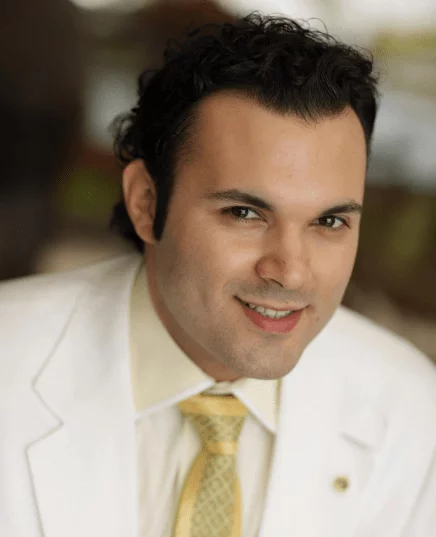
Author: David Nazarian M.D.
Dr. David Nazarian is certified by the American Board of Internal Medicine and specializes in platelet-rich plasma therapy and the role growth factors play in the healing process. Dr. Nazarian closely monitors the medical literature regarding PRP and its potential use in the treatment of certain medical conditions such as hair loss, orthopedics, sports injuries, joint pain, erectile dysfunction, dermatology, acne scars, dark under eyes, tendonitis and more. There are many clinical trials and research being done on the use of platelet-rich plasma that show promising results. We look forward to meeting you and discussing if this therapy can help your specific condition.
Contact Us
Dr. David Nazarian
9301 Wilshilre Blvd Suite 405,
Beverly Hills, CA, 90210
Phone: 1-844-669-0939
Email: info@prptreatmentbeverlyhills.com



